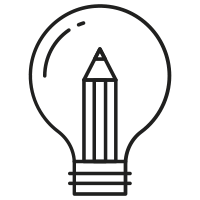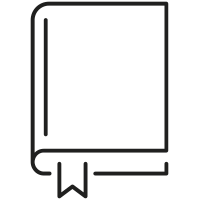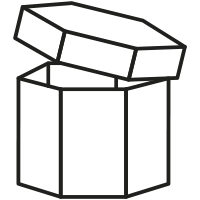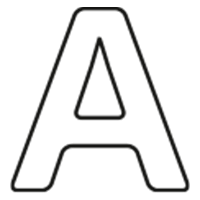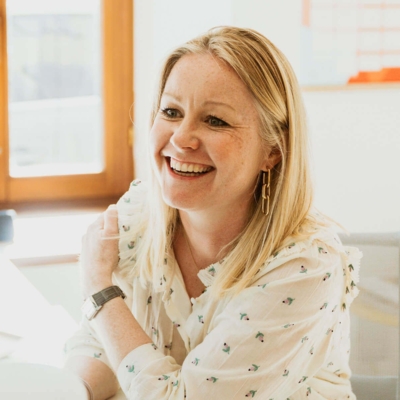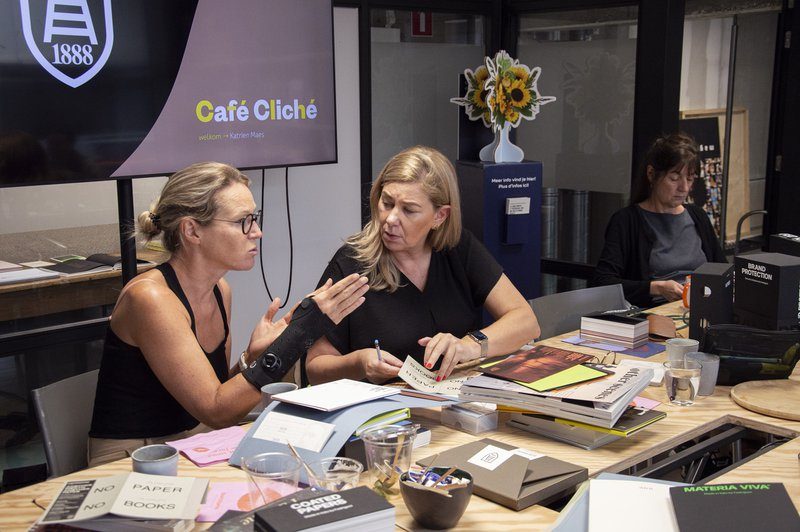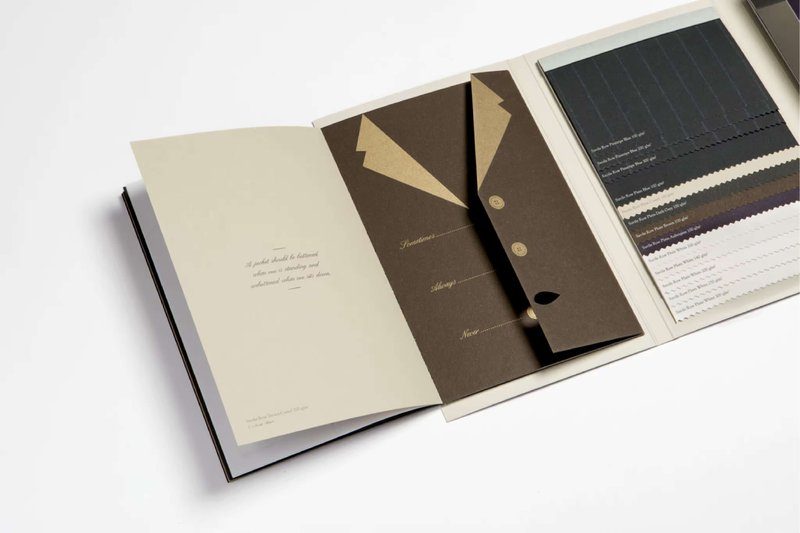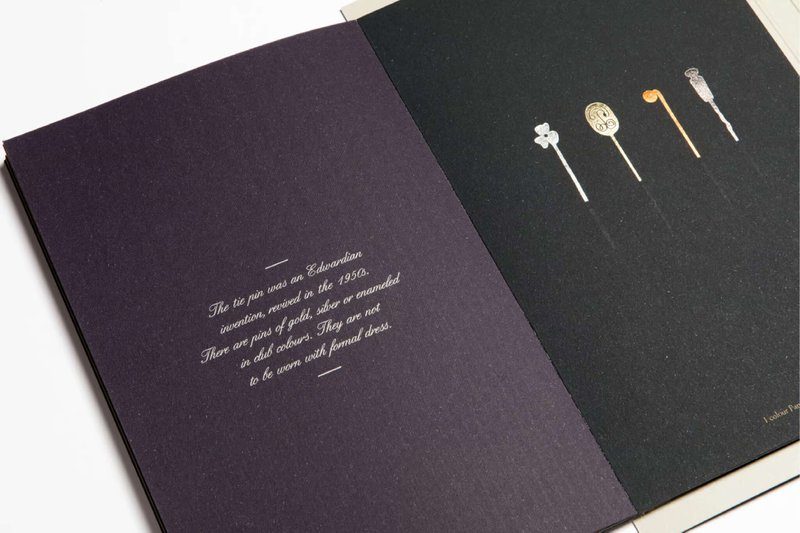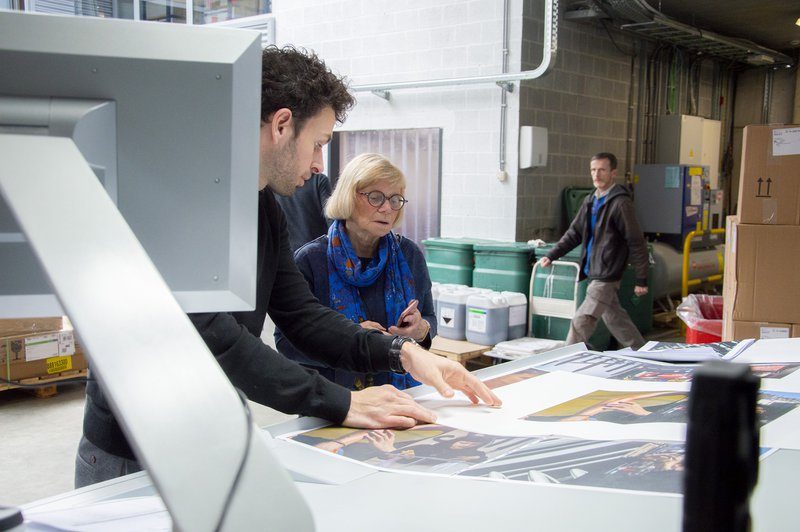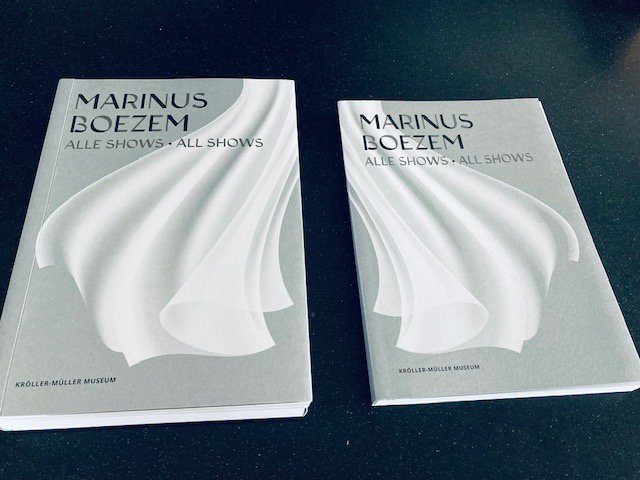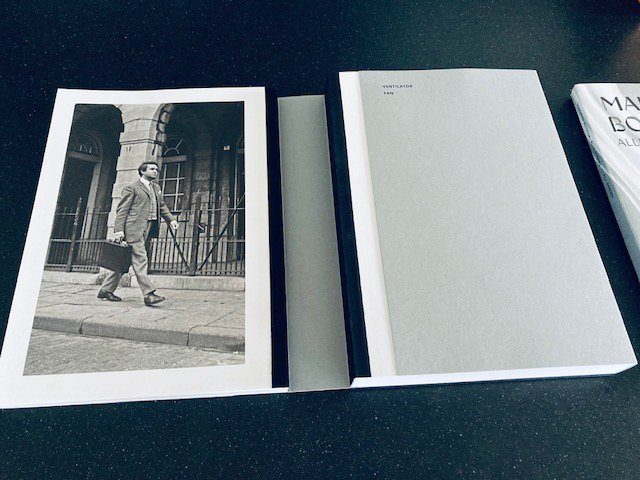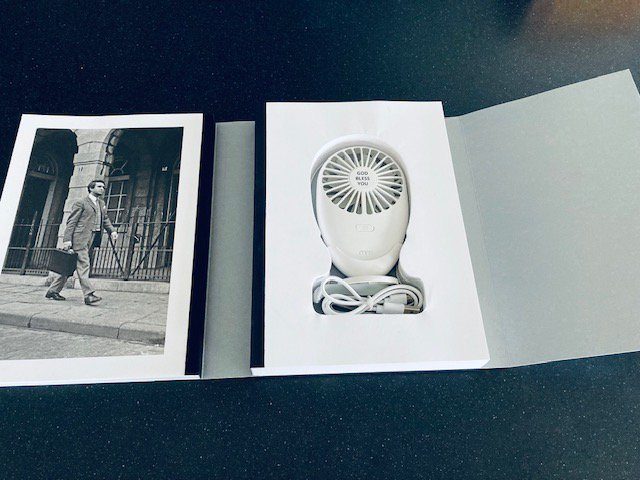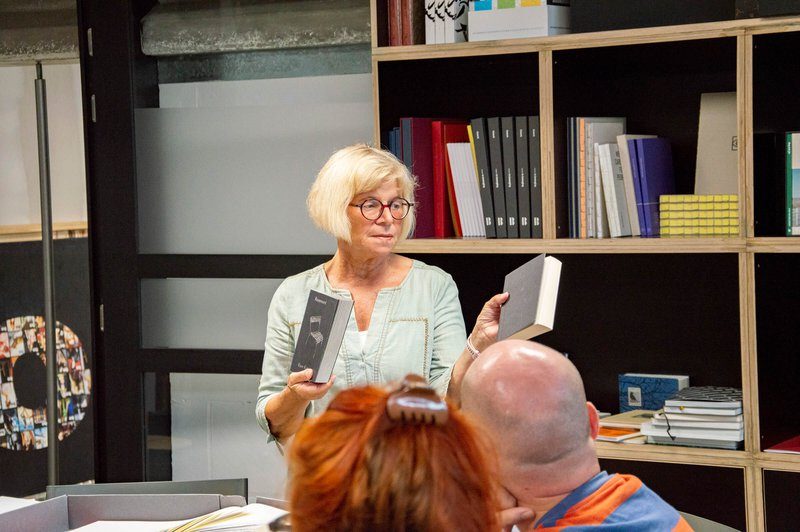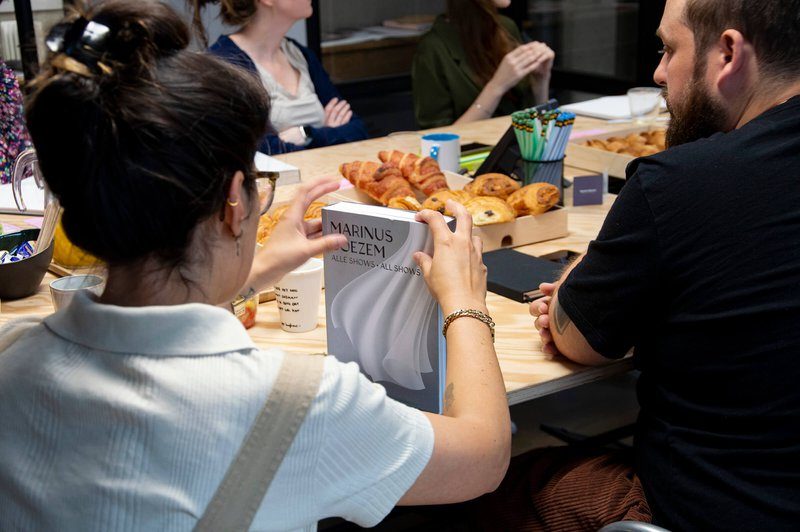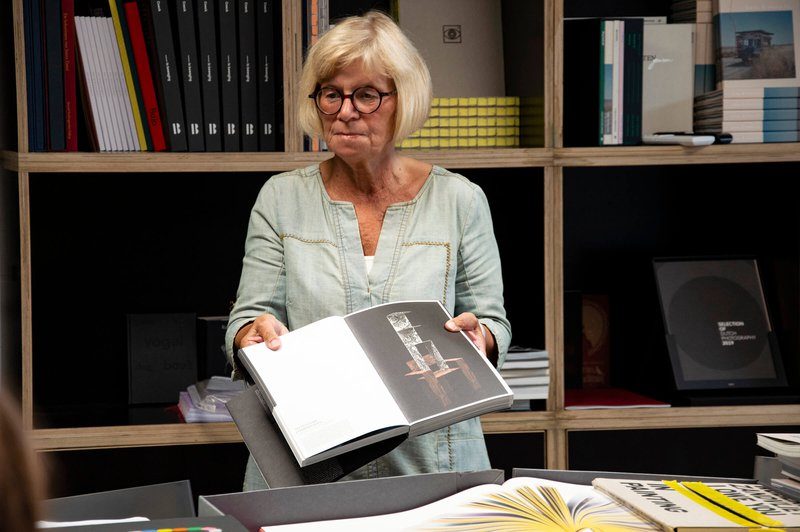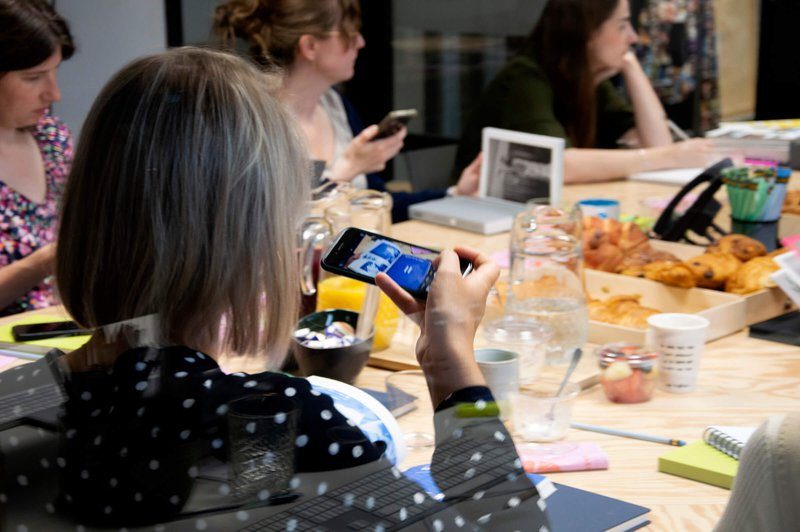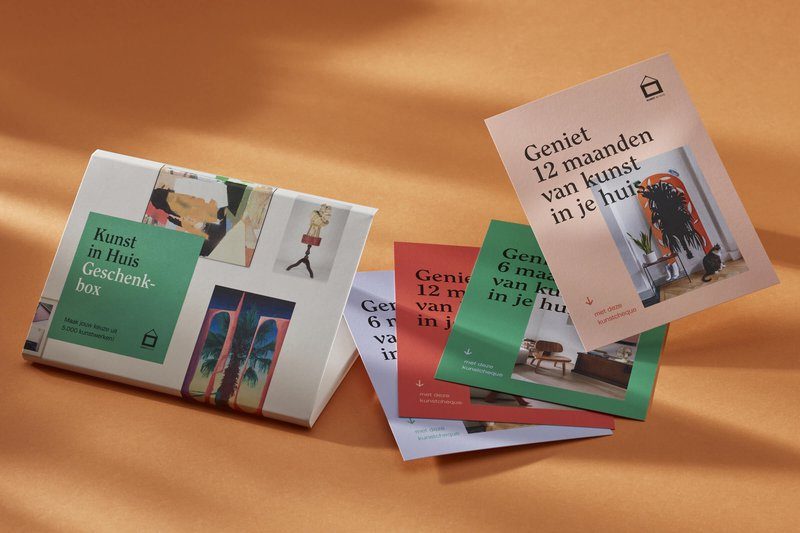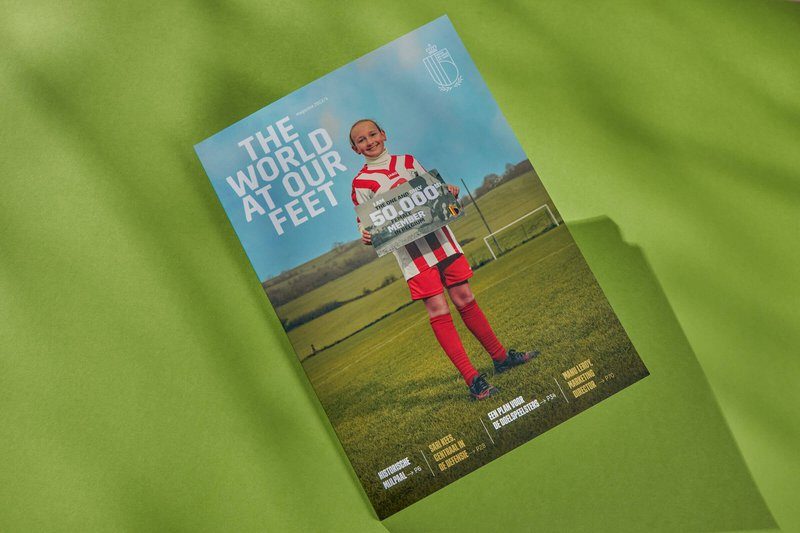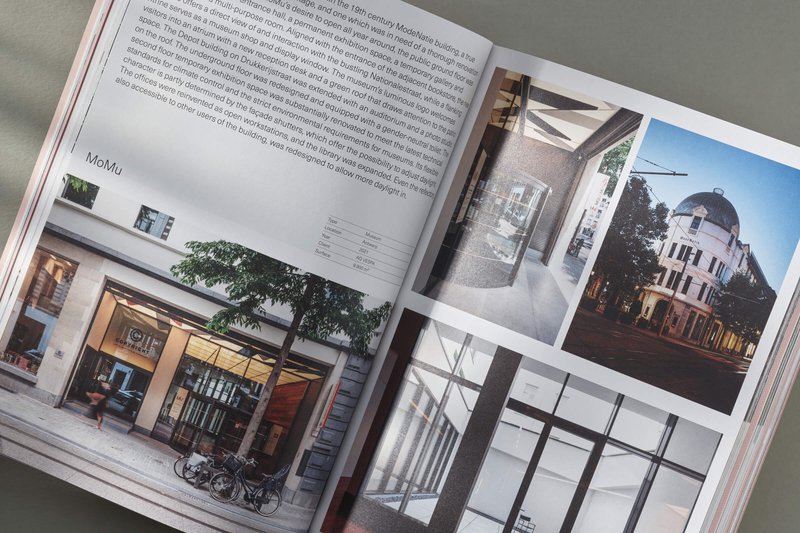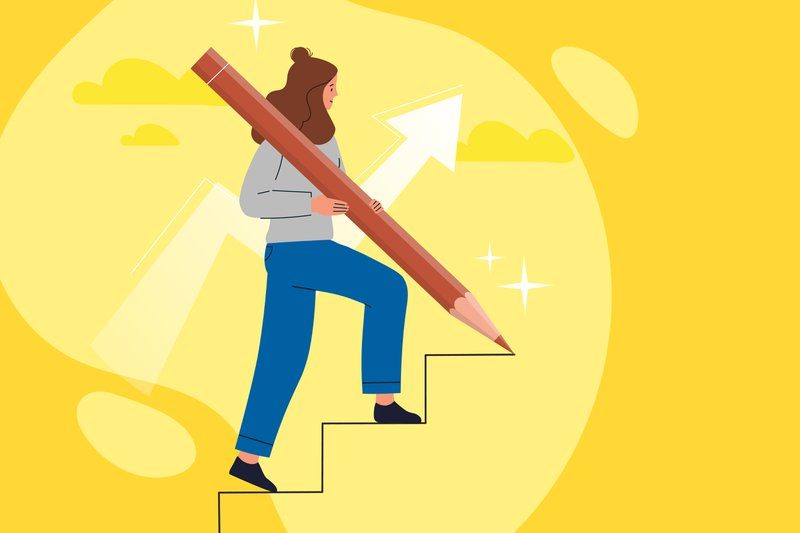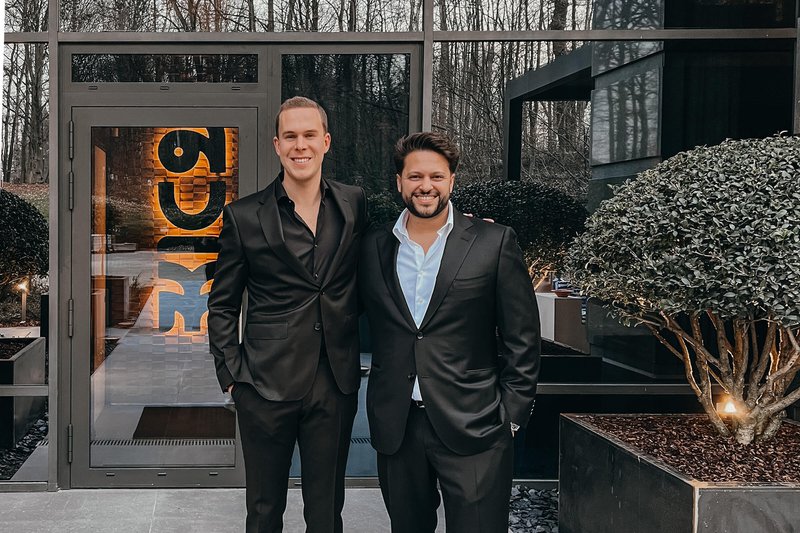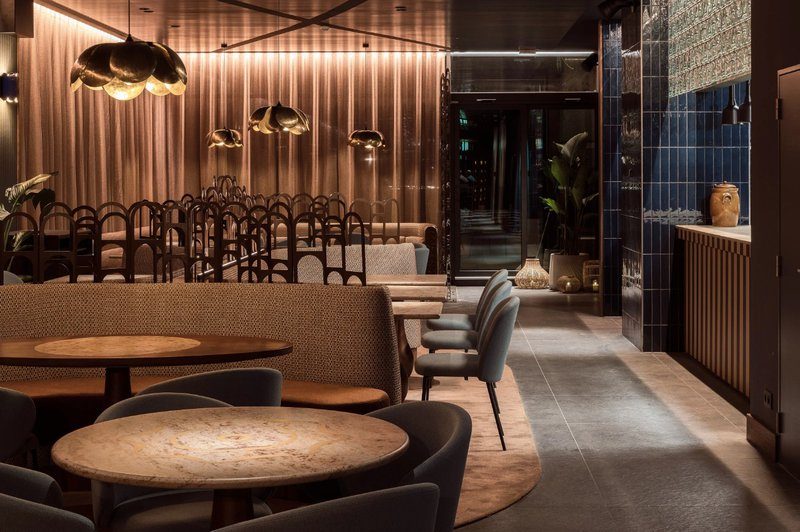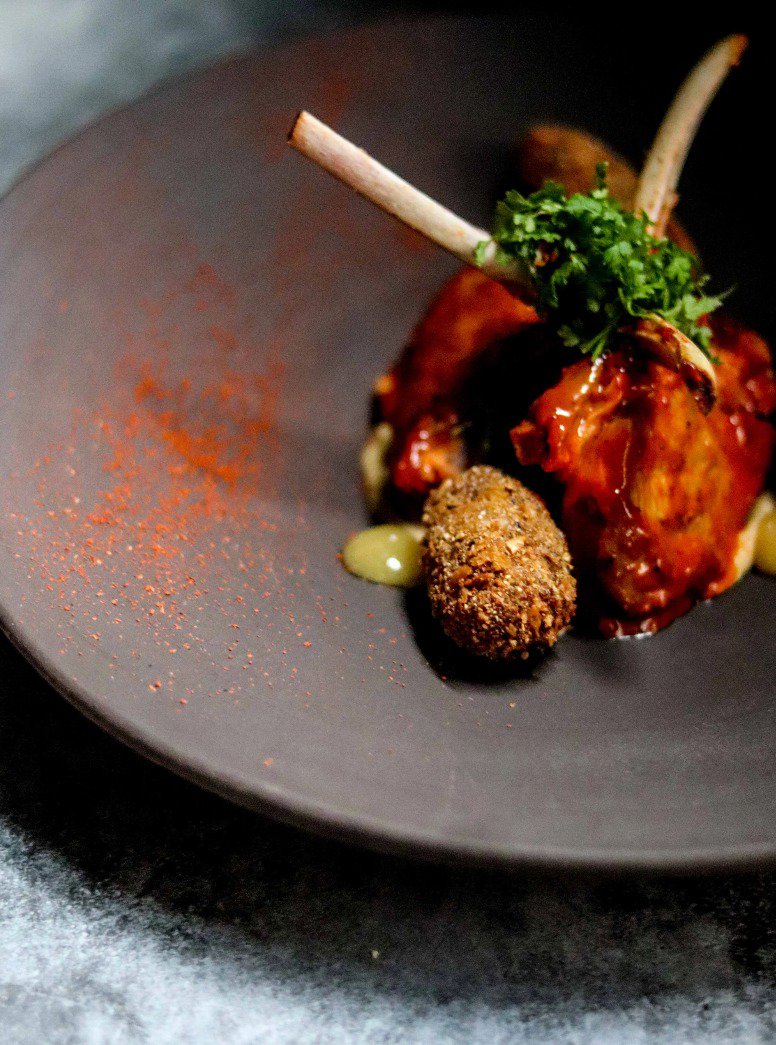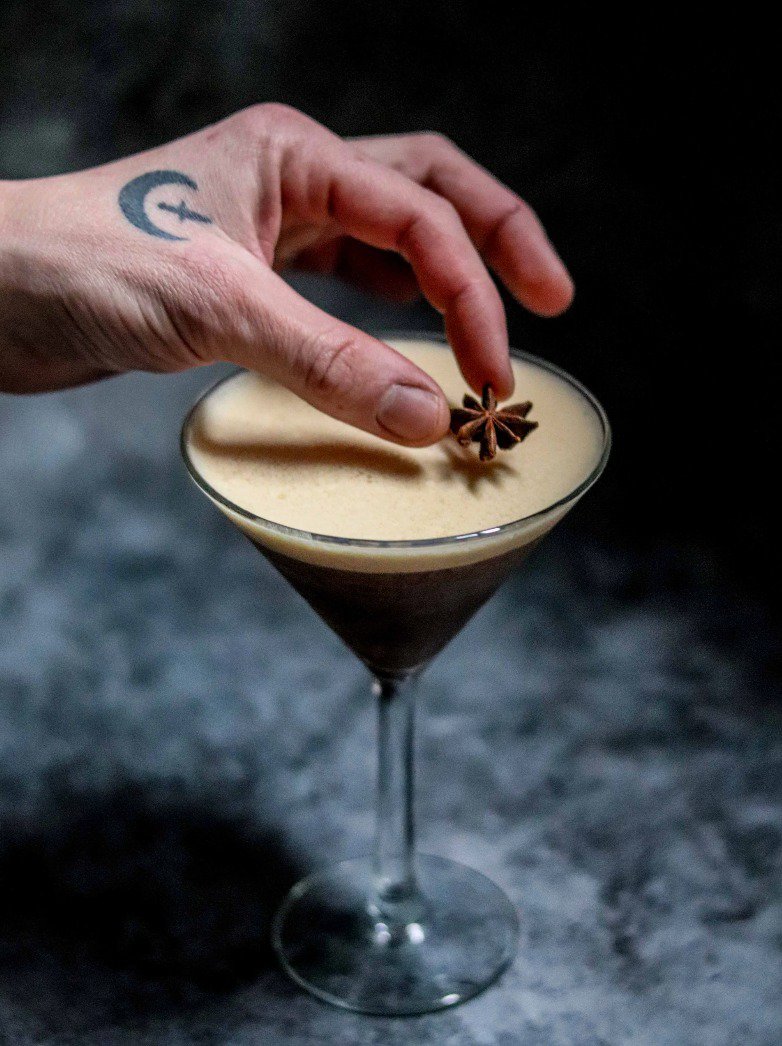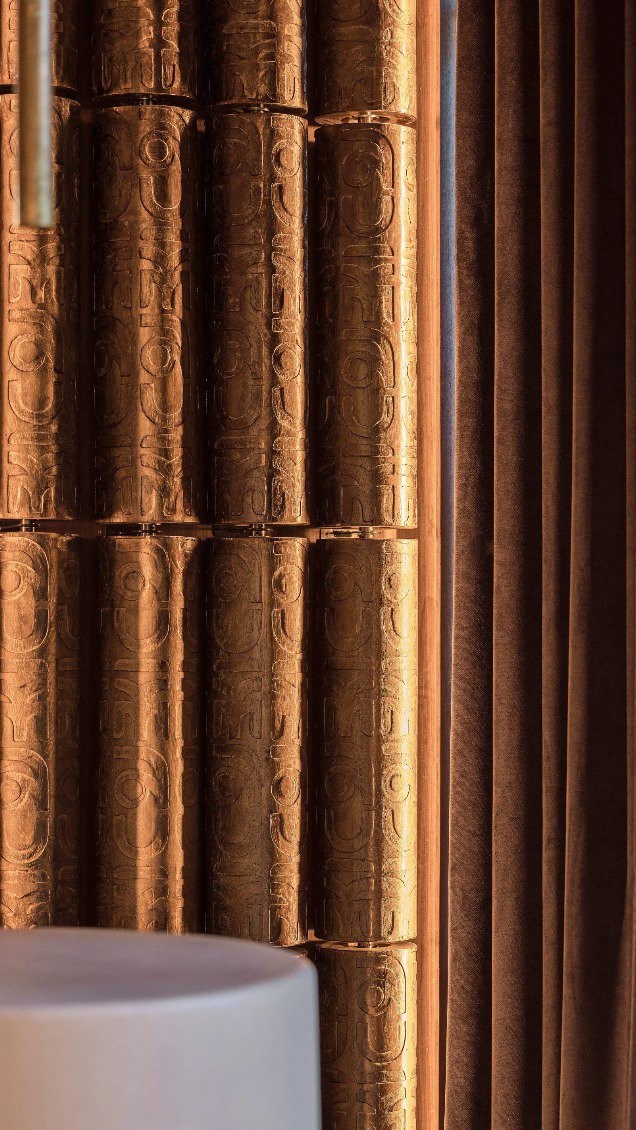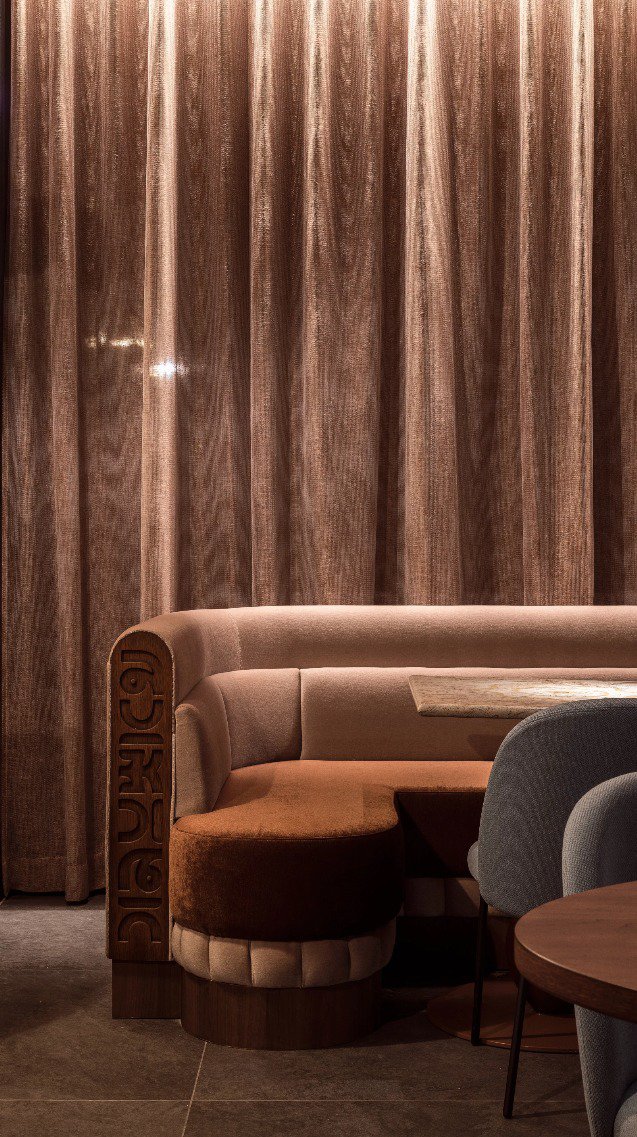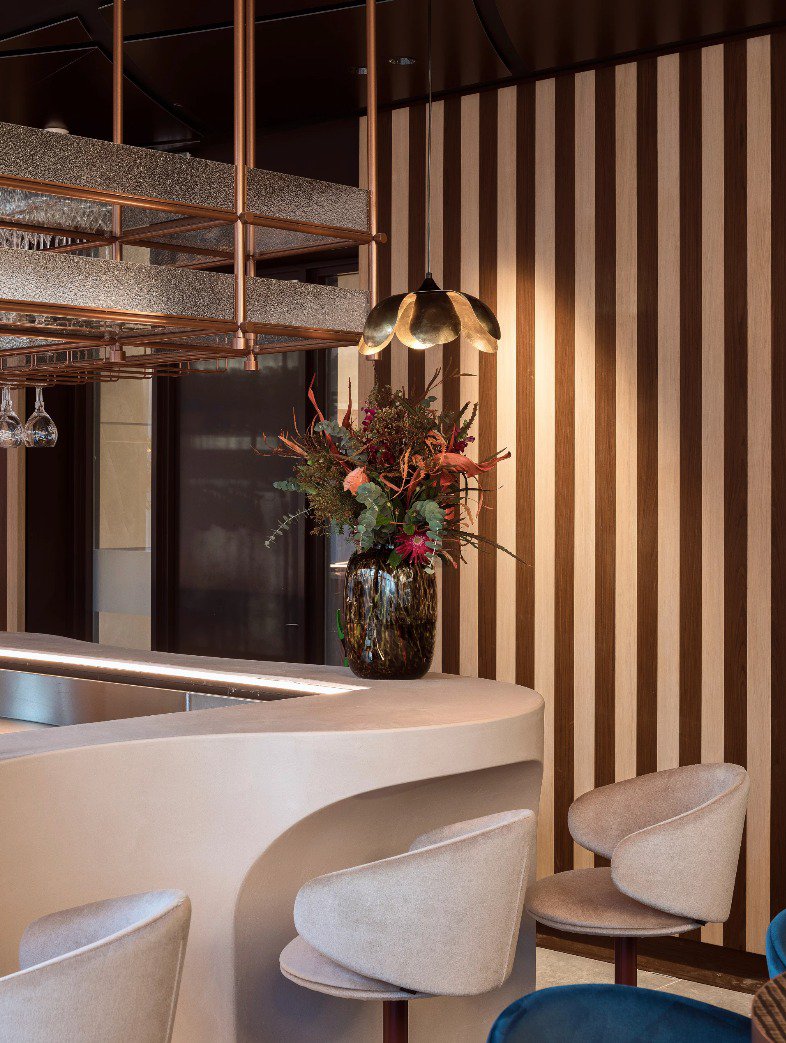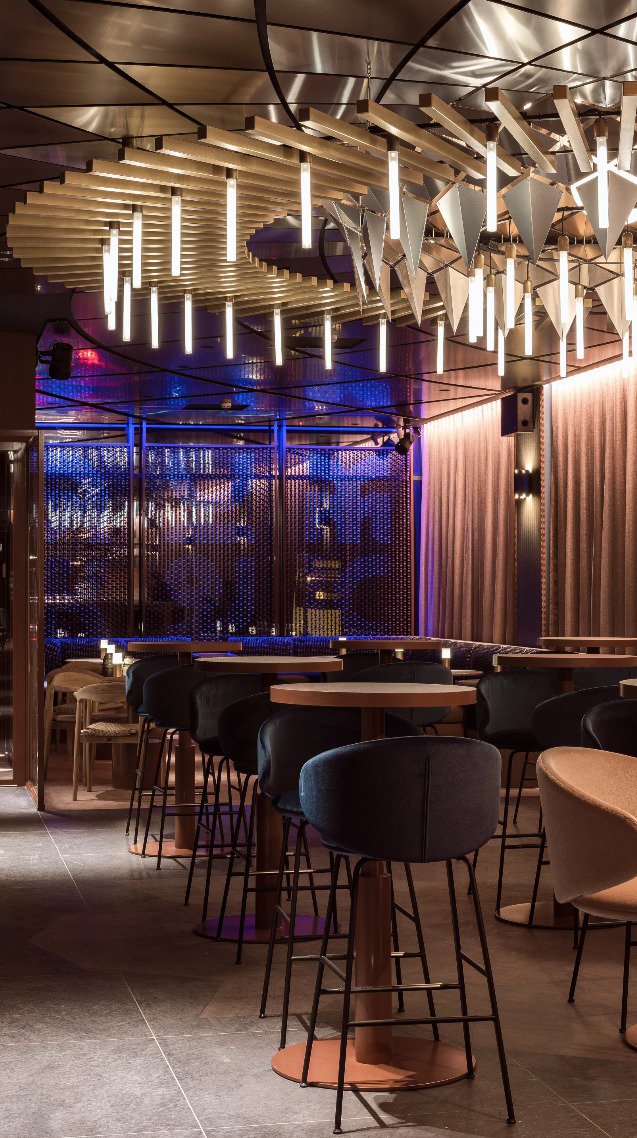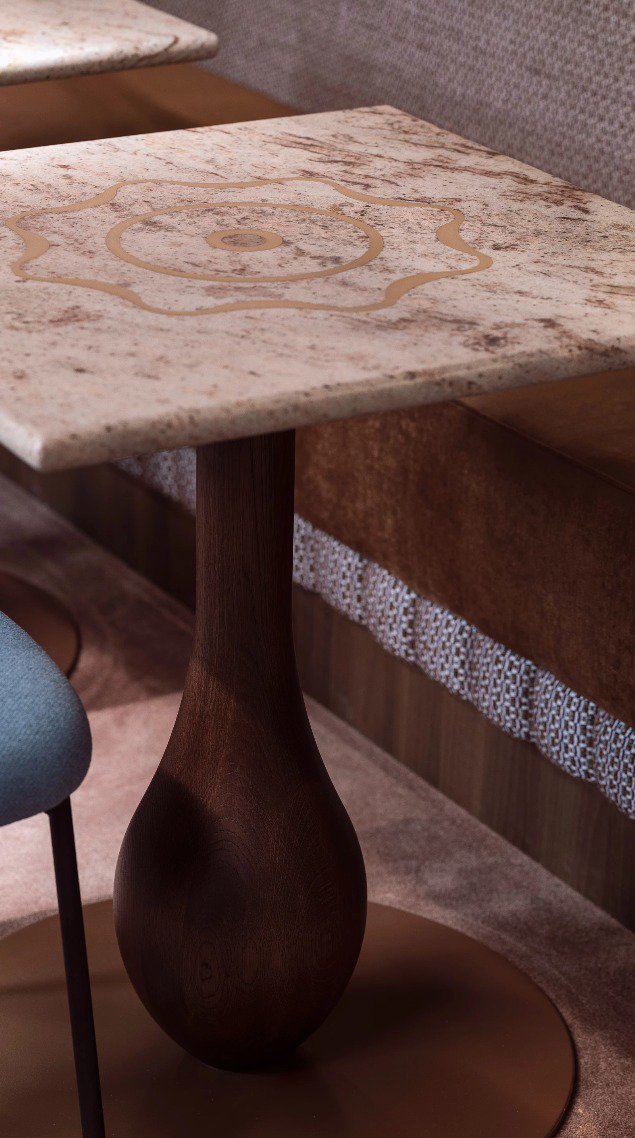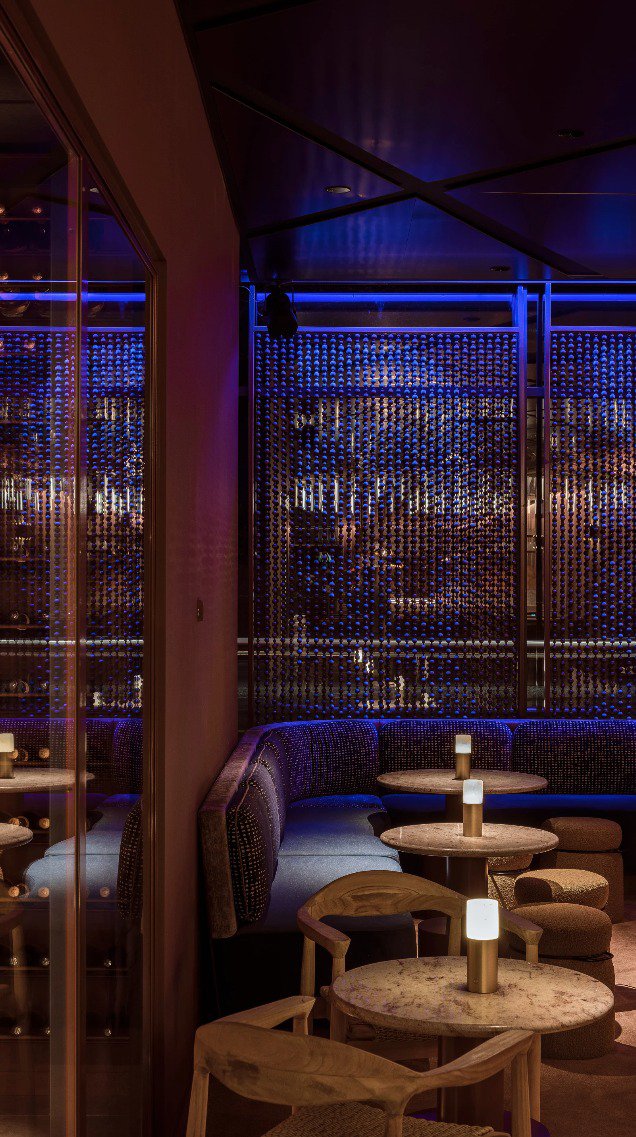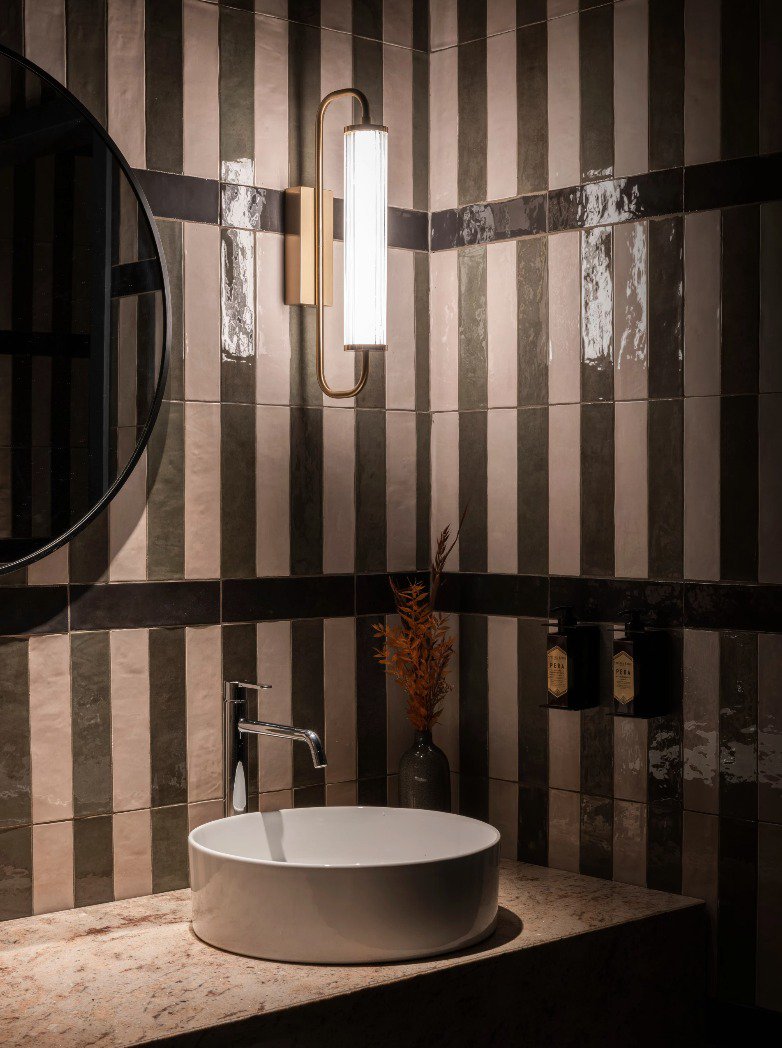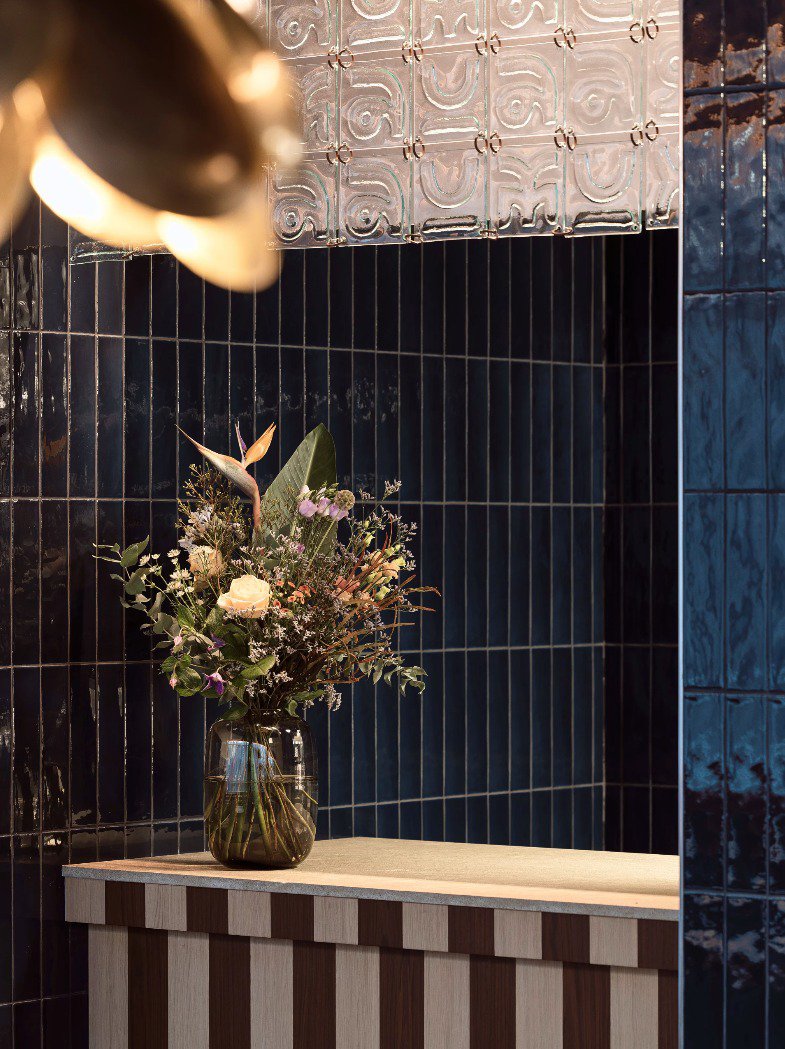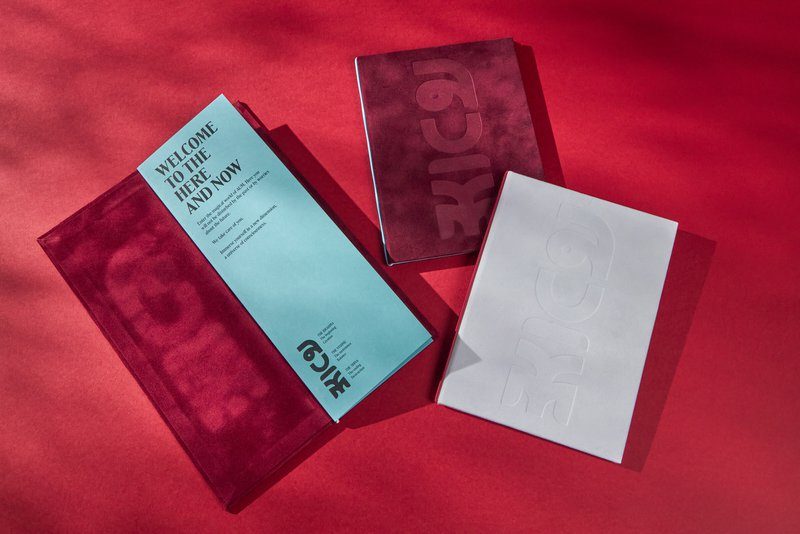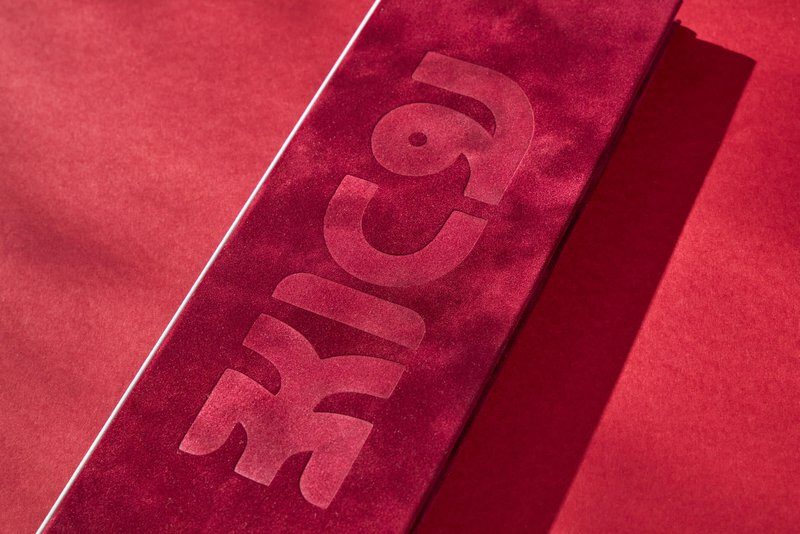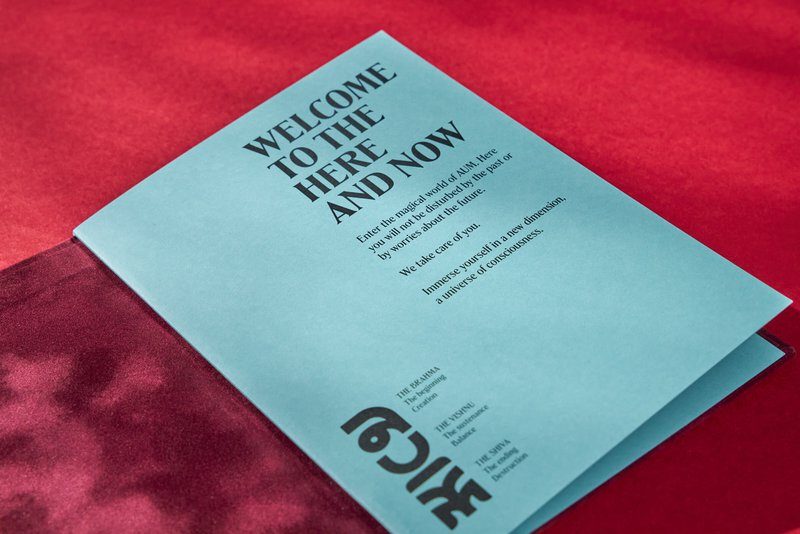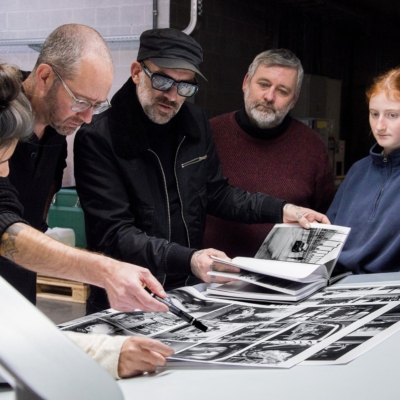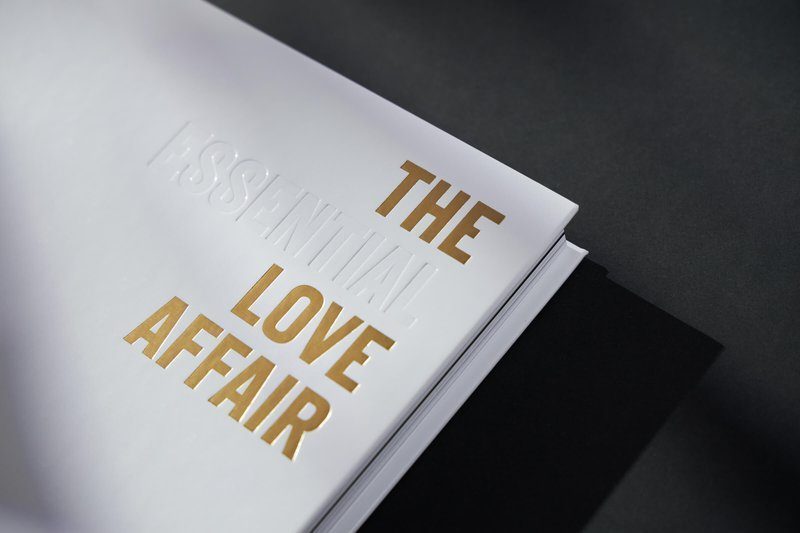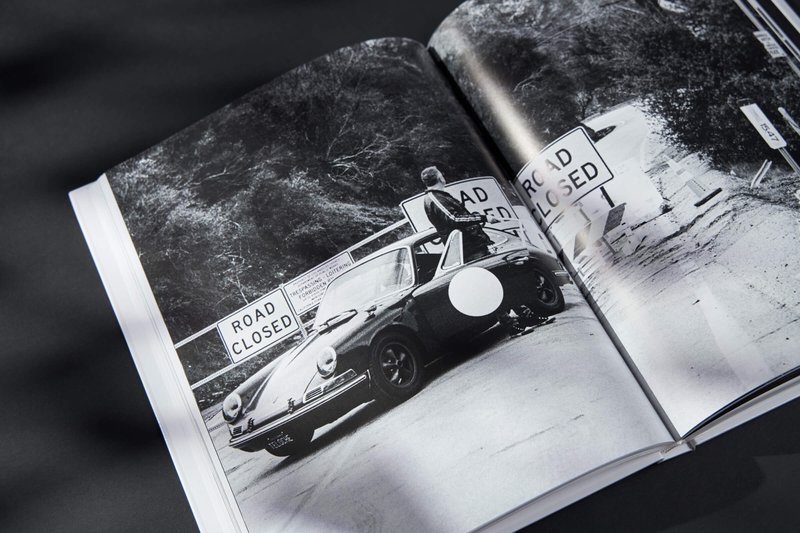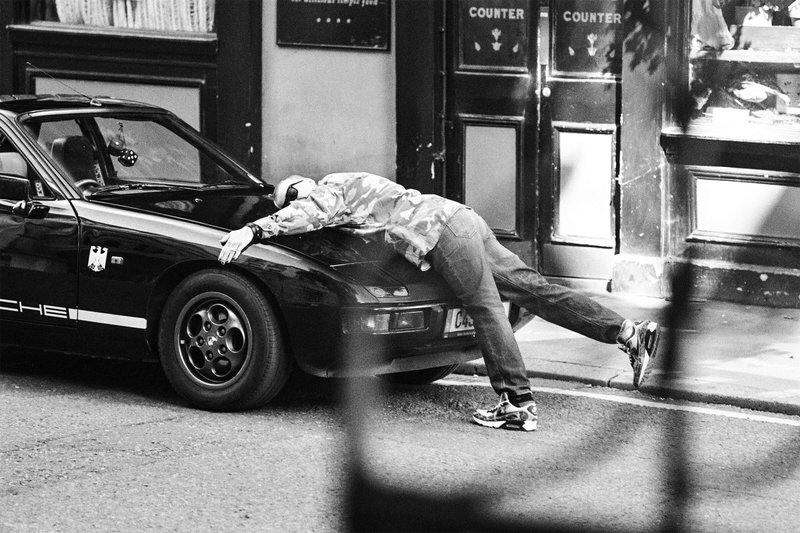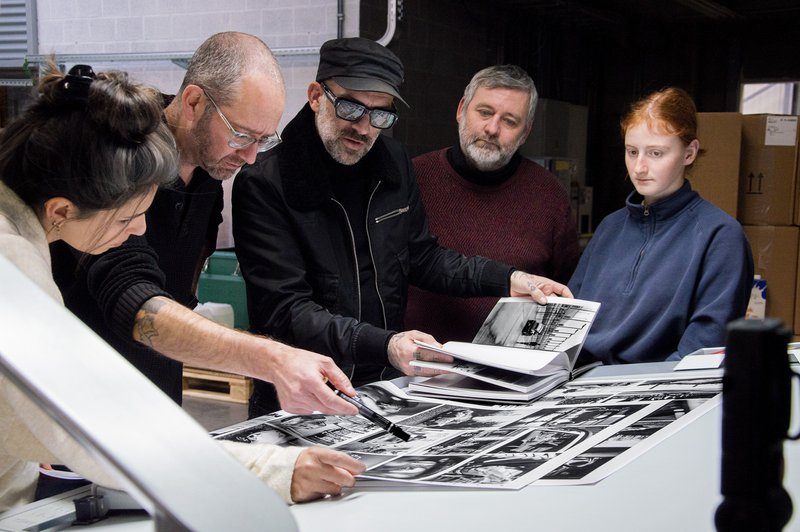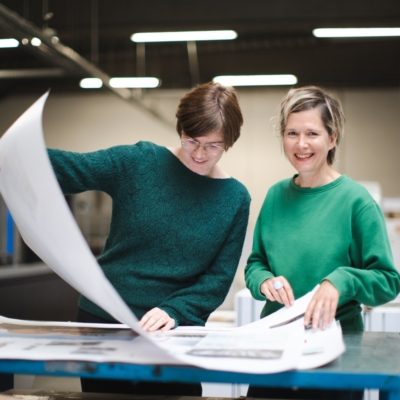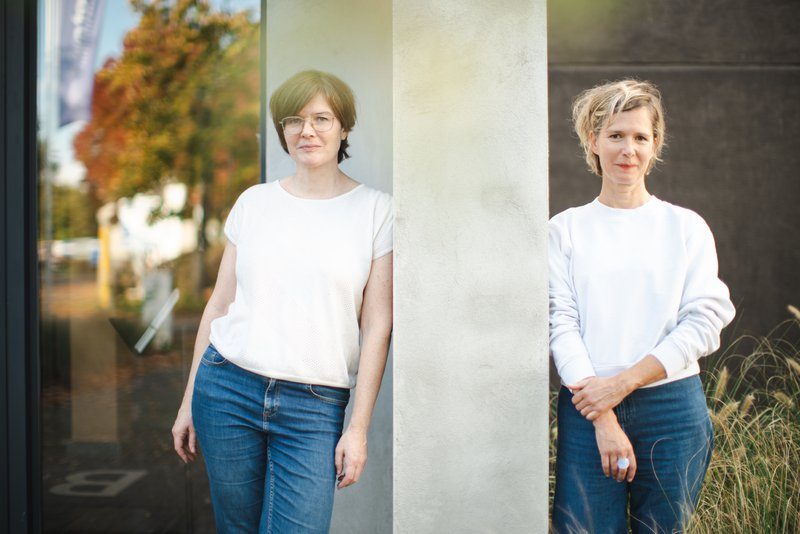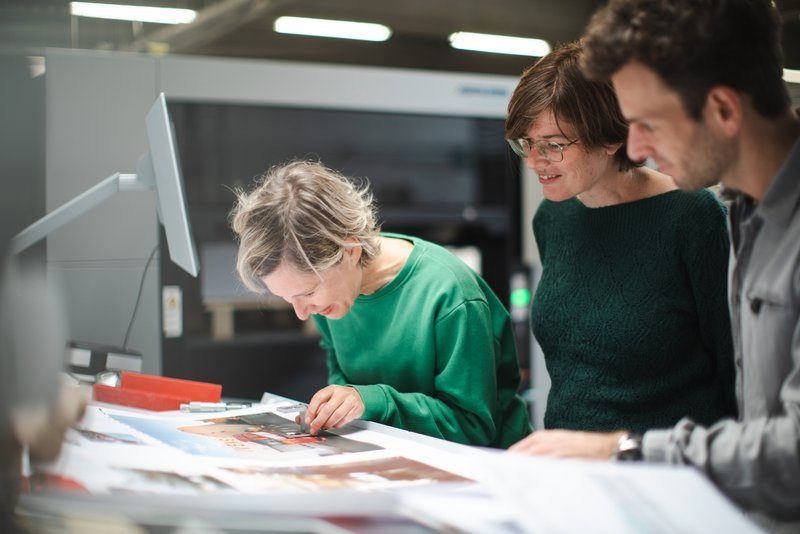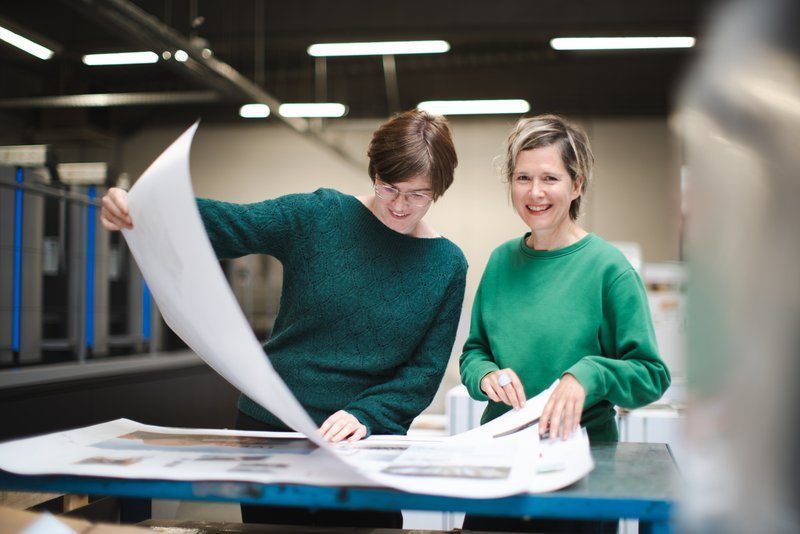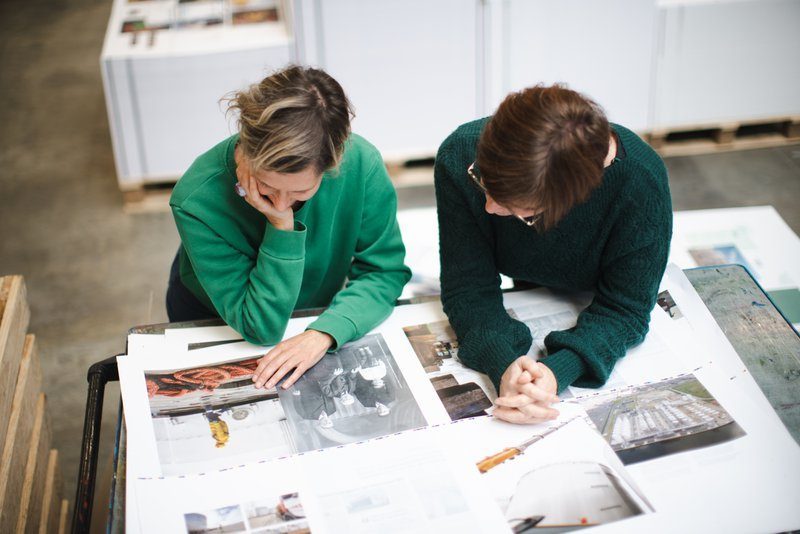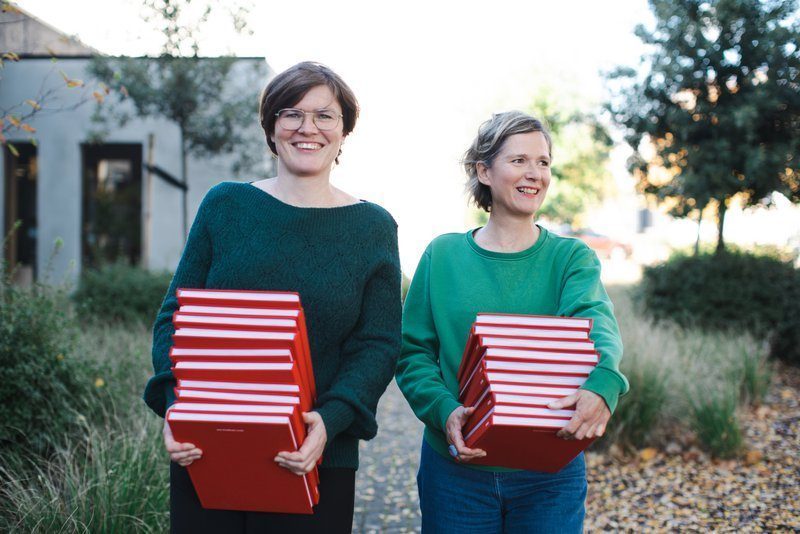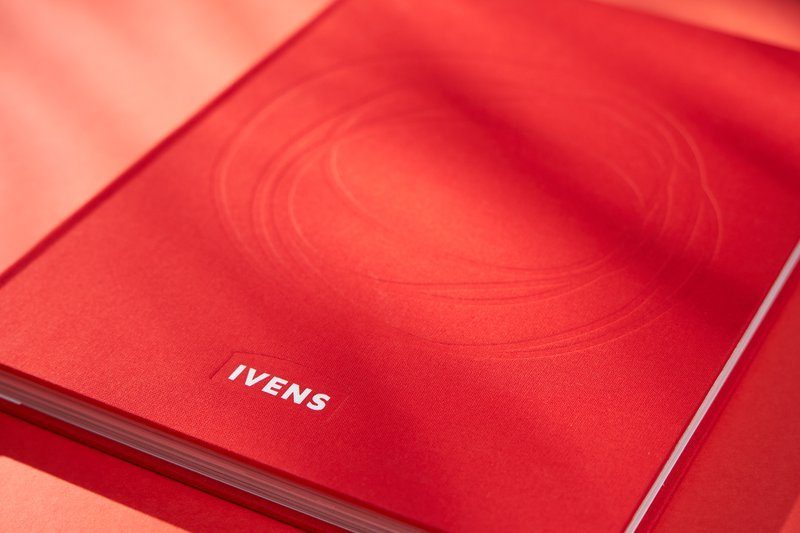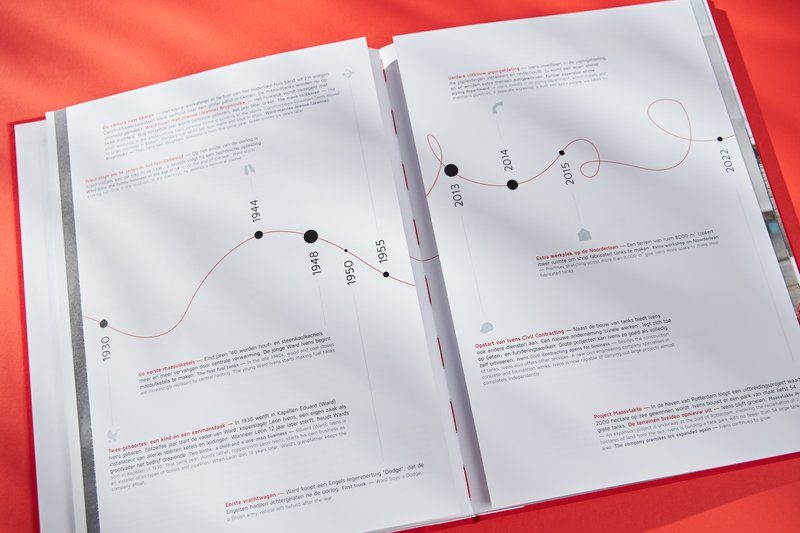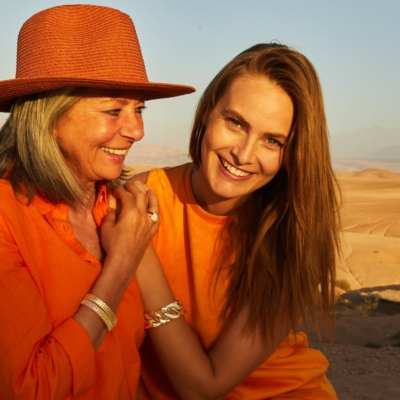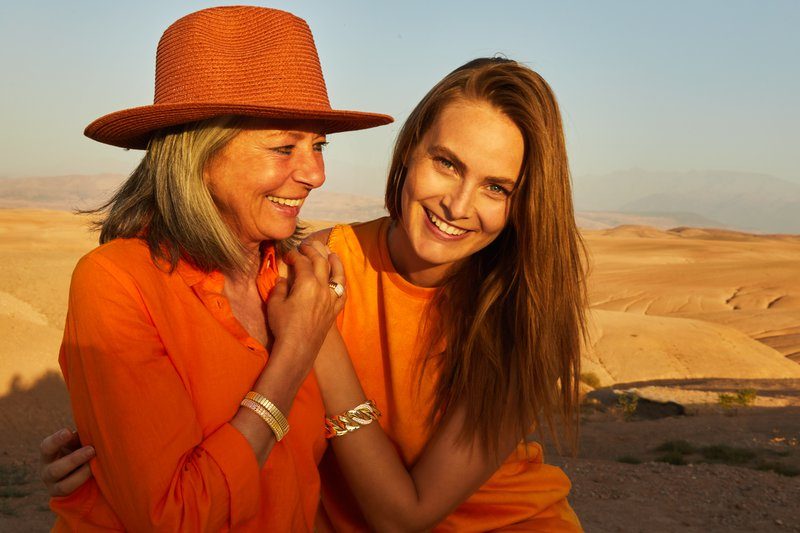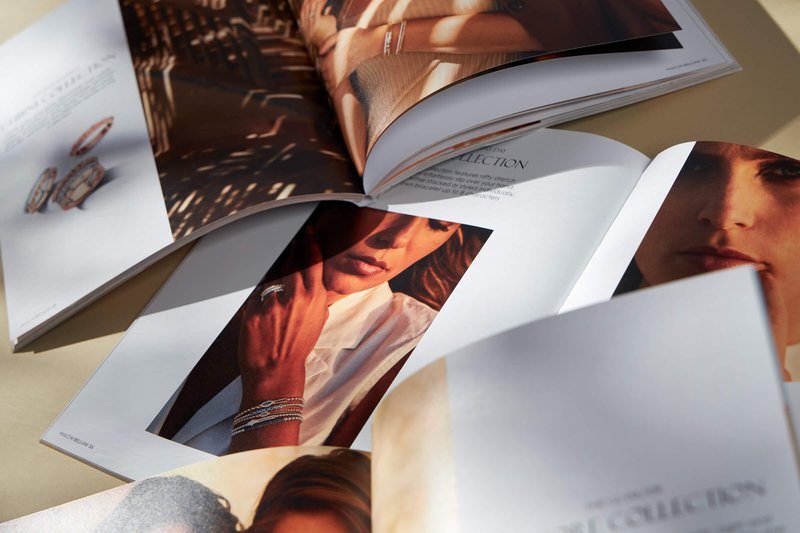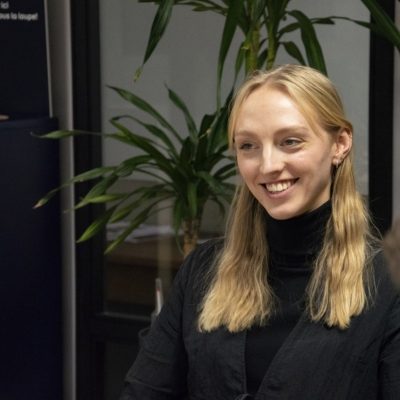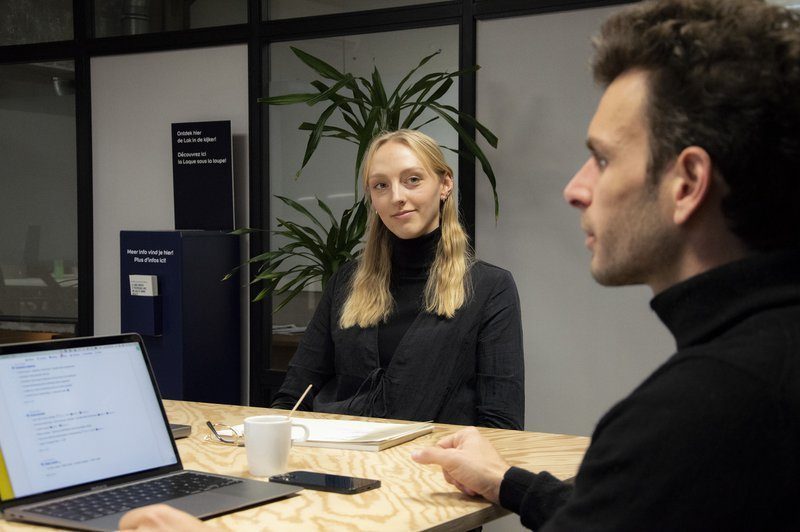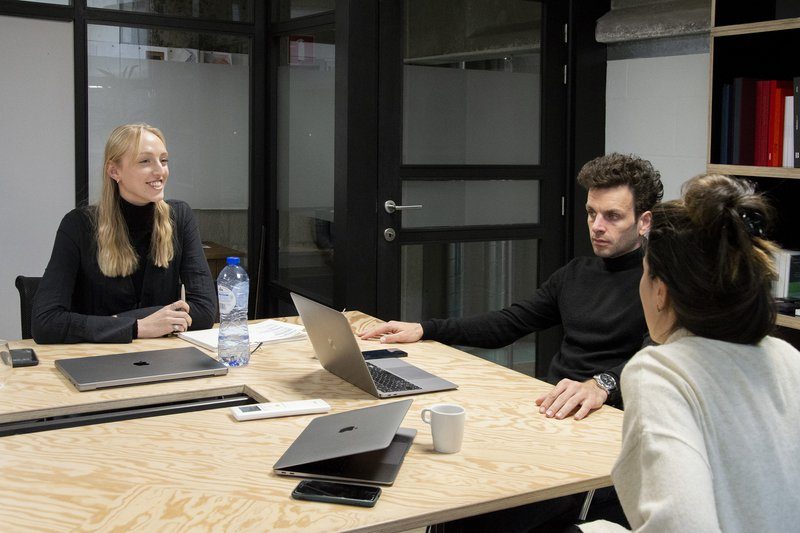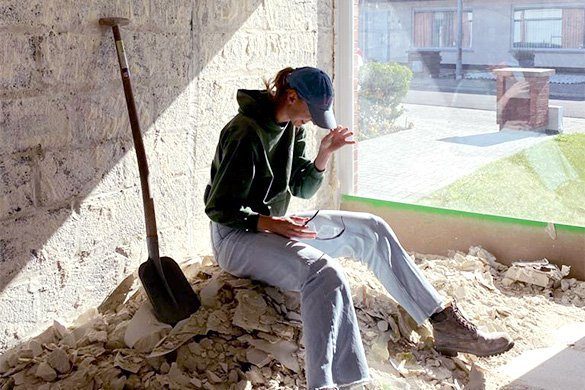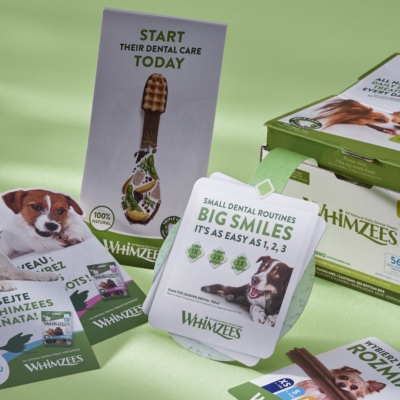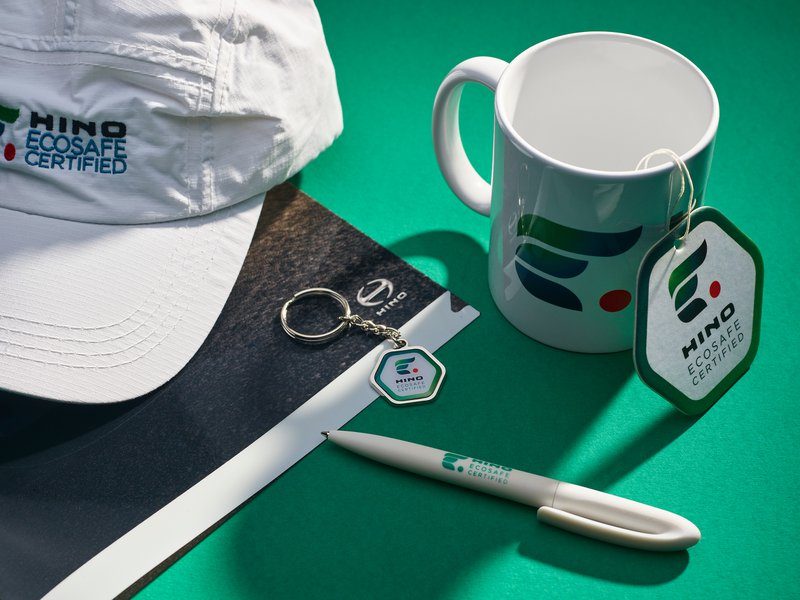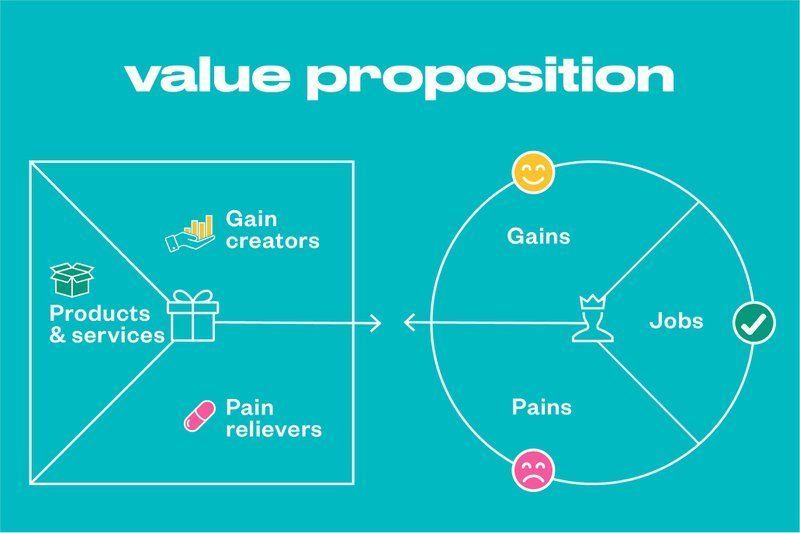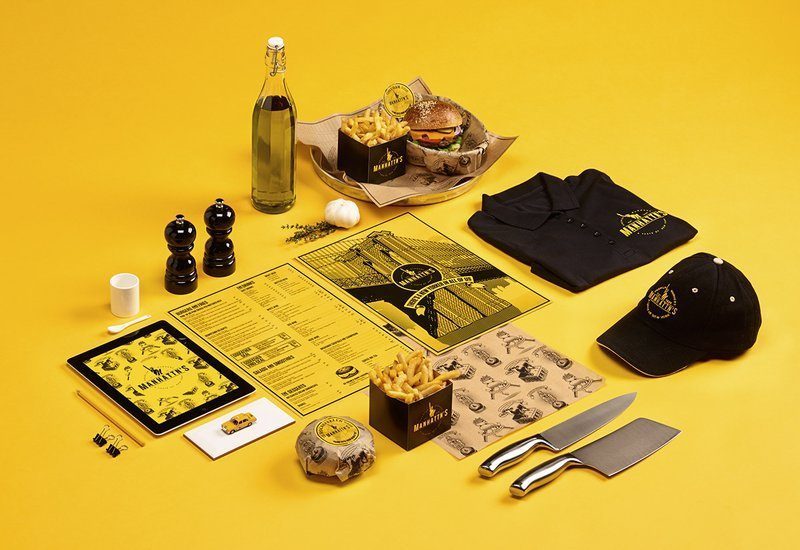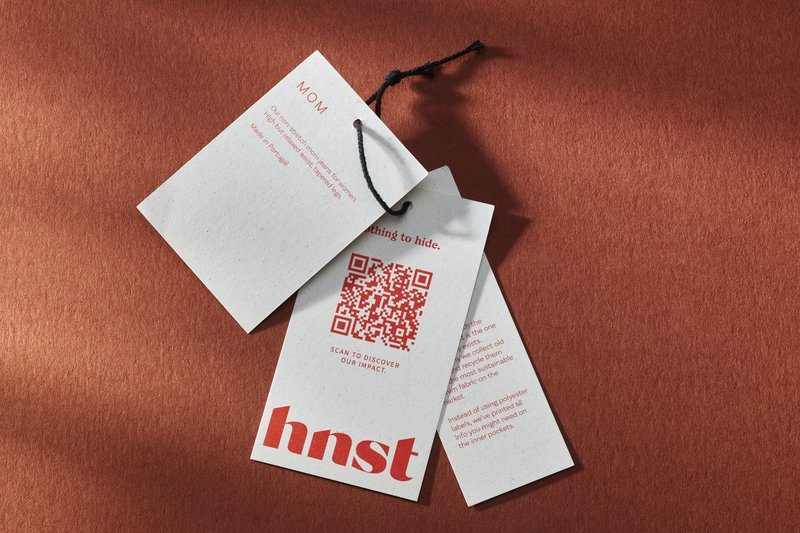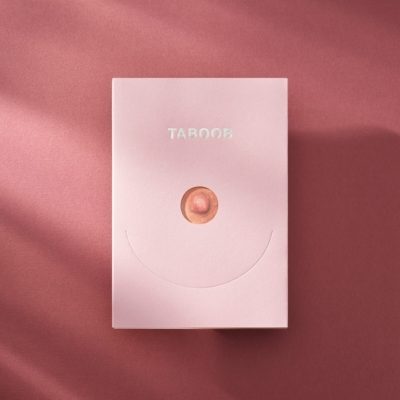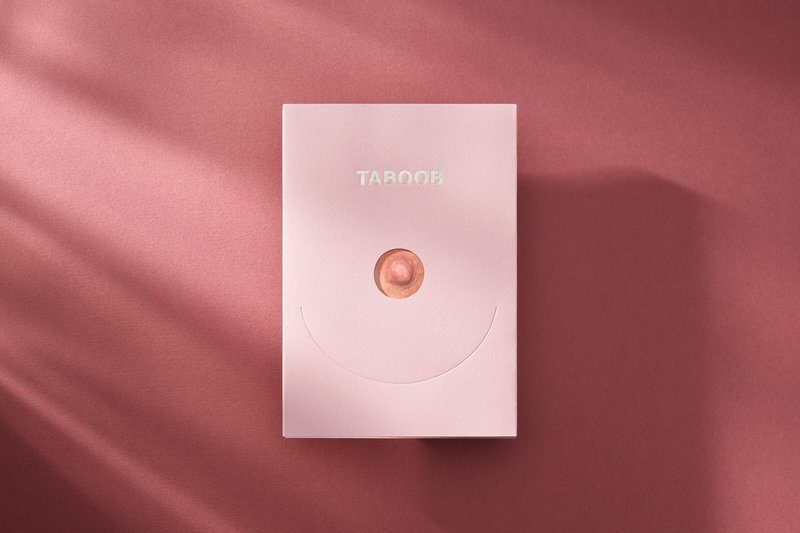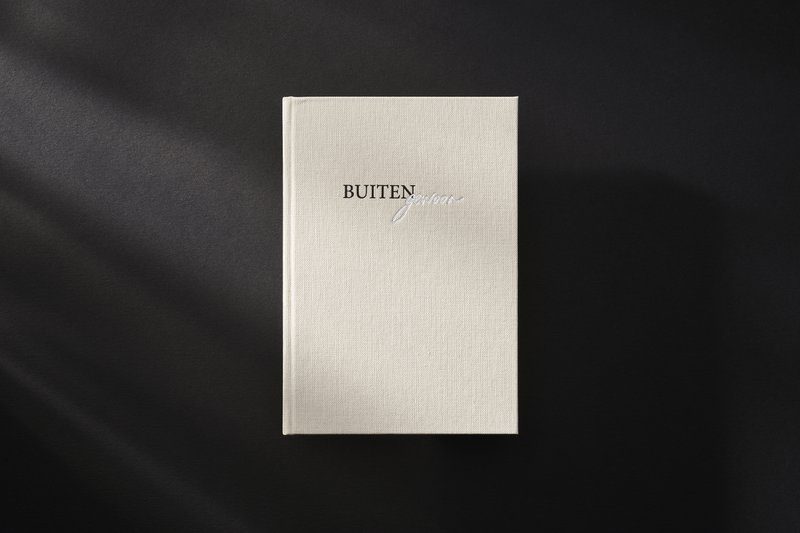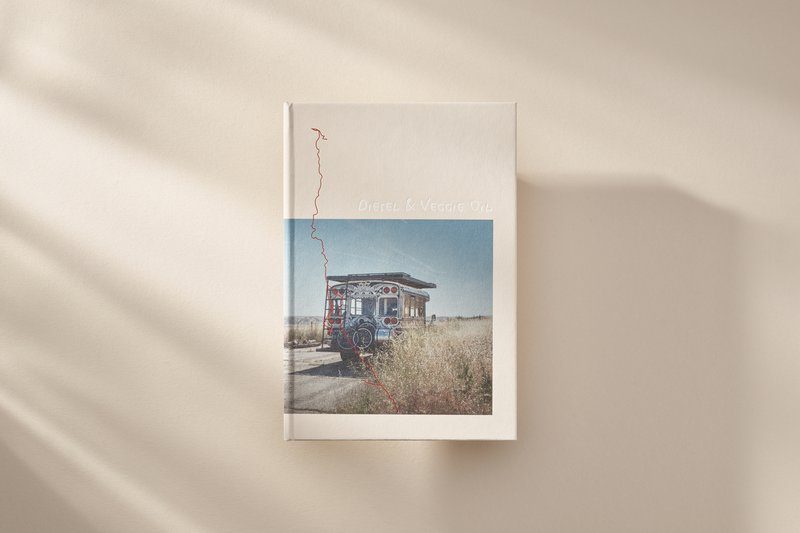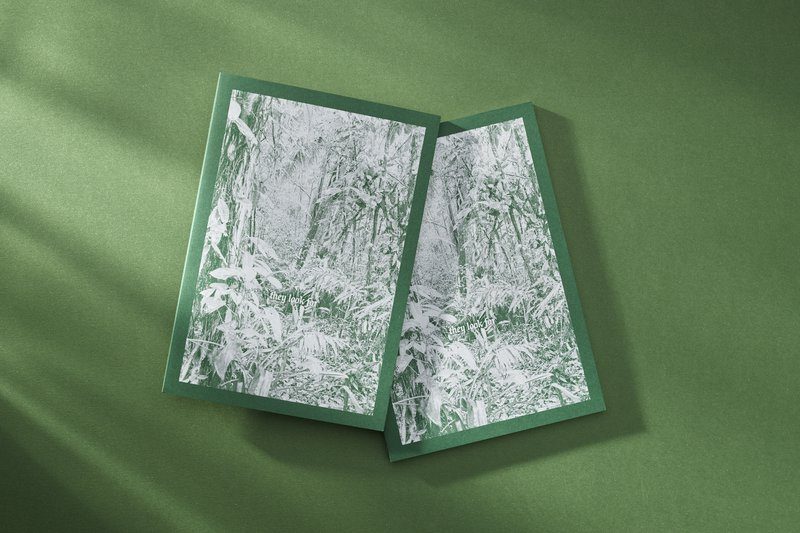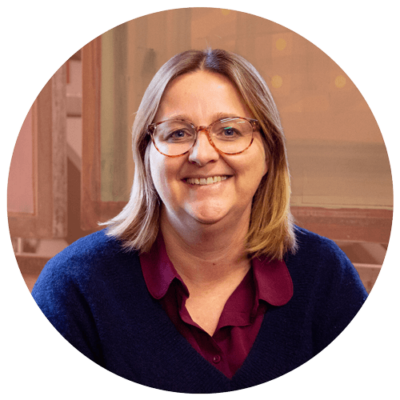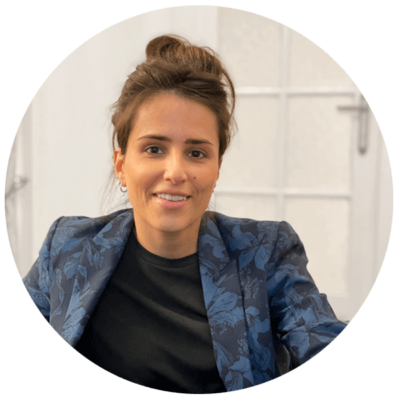The ‘paper listener’: ‘Sometimes I flip through a book just to hear what paper it is’
Some colleagues call her “the paper doctor,” because of her unpublished expertise. Other “madame caps,” because she consistently types in capital letters. After all, as a multitasker, she has no time to waste, especially on spelling and punctuation. Drive and enthusiasm are perhaps the two terms that best characterize Katrien Maes. On top of being a barrel of energy, Ghent is an encyclopedia of knowledge about paper, printing techniques and finishes. Under the Fedrigoni banner, she will supervise several of our breakfast sessions in the coming months. High time, then, to give her an interview on our website!
There are few people who speak about paper with as much abandon as Katrien Maes. For her, paper is much more than a craft. It is a passion she lives in a special way. ‘It happens that I flip through a book or catalog, just to listen to the paper. To hear what type and grammage it’s about,” she smiles. Paper has a touch, but for Katrien it also has a specific sound. It says everything about how she handles the product. Since 2019, she has been working at Fedrigoni, one of the world’s most renowned paper manufacturers. There she forms the advisory link between designer, printer and end customer. A connecting figure, who takes projects to the next level with exceptional feeling. “I can empathize with what others are feeling or thinking,” she says. ‘That is probably my greatest strength: putting myself in the customer’s head. What exactly does he or she need? Which paper fits best with the concept, with the brand identity and company philosophy? People have a certain result in mind. They dream about something. I respond to that. Printed matter is customized. It has to seamlessly translate what you stand for as an entrepreneur or company, and that starts with the paper.’
“It happens that I flip through a book or catalog just to listen to the paper. To hear what type and grammage it is about”
Mini models made of paper
Katrien was born and raised in the printing industry. Her father founded Guido Maes.Printingdeluxe in 1965 in Ghent. As a child, she helped in the print shop at a young age, later directing the business herself for 25 years with her sister Lieve. ‘Our strength lay in total guidance. Concept, choice of paper, design, format, finishing method, you name it. We took care of the whole workflow, from beginning to end. I always wanted to know the full story. That’s still true today. The right paper is crucial to the feel of your printing, but it remains one facet within a large process.’
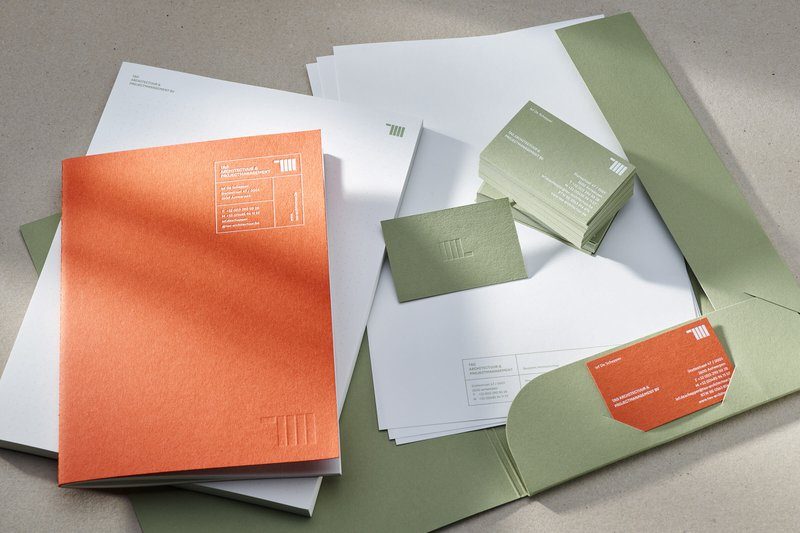
In addition to being a printer, Katrine’s father was a graphic designer. Tryouts that ended up in the trash, she picked up and turned them into booklets. ‘Mini maquettes,’ she says. ‘An advance copy for later. When Lieve and I ran the print shop, we had a loft above the studio. Customers came by there with their idea. That same day they stepped outside with a blank dummy of their future realization. At Fedrigoni, I still do that. Each proposal is accompanied by a model. This allows clients to experience the effect of the paper in real life beforehand. They discover what it looks like, what feeling it has, how the pages fall open… Nowadays everything is digital, but you can’t experience printed matter through a pdf. You have to go back to the material.’
Most comprehensive paper collection
Fedrigoni’s assortment includes some 2,500 papers. “It is the most beautiful and comprehensive collection there is,” Katrien said. ‘The materials are of the very best quality and in terms of applications there are simply no limitations. Everything has been thought about. Each paper has a unique name and its own story. And then that Italian, I love it. It provides an extra dimension, a kind of romance.’
“Each paper has a unique name and its own story. And then that Italian, I love it. It adds an extra dimension, a kind of romance.”
Whether she has a favorite paper herself? ‘There are so many beautiful papers, but if I had to name one it would still be Savile Row. Because it has a special meaning for me. My grandfather was a tailor and has had a big influence on who I am. Savile Row is made from recycled clothing. Very special, and a great example of the sustainability philosophy at Fedrigoni. We invest very hard in that. The Platinum Label from EcoVadis is the best proof of that.’
Katrien Maes is ready to inspire you at another breakfast session. Prepare for an engaging session where Katrien will enchant you with her expertise and impressive knowledge, representing Fedrigoni. Registration is available on the Café Cliché website .
